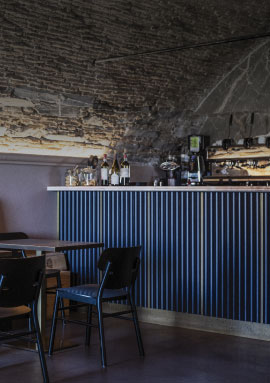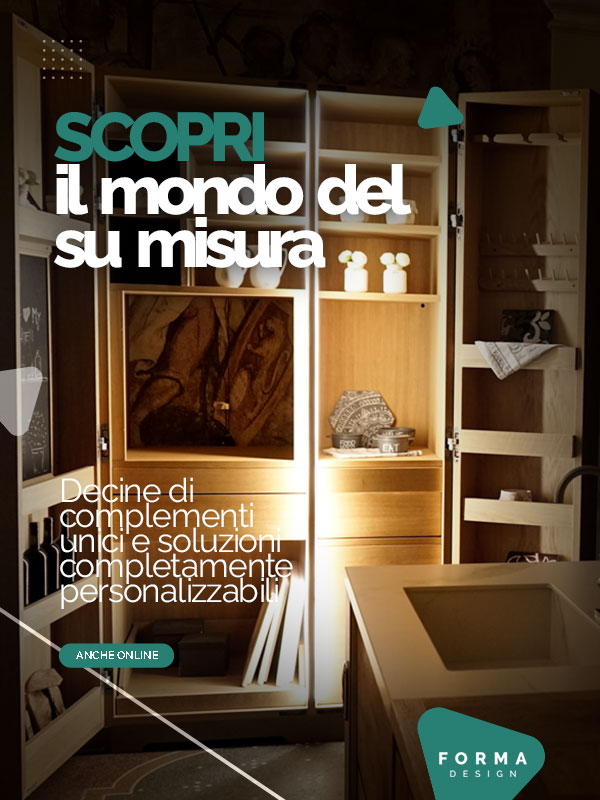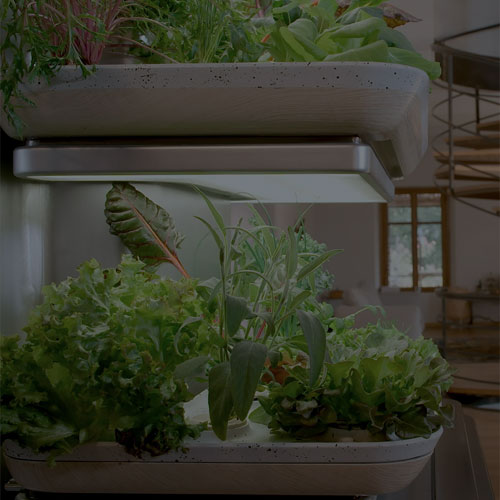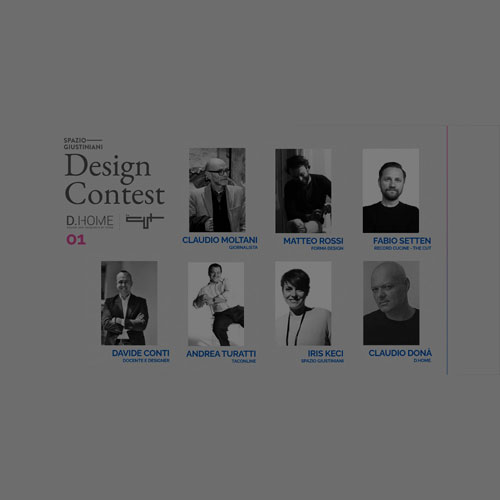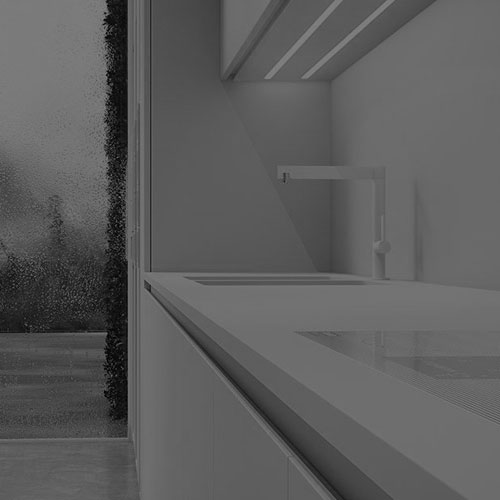
Koen Olthuis Dutch architect who studied architecture and industrial design at Delft University of Technology, as well as founder of the Dutch architecture firm Waterstudio.NL, specializes in floating structures to counter the worrying sea level rise.
In a recent interview, he cited a study according to which 78% of large cities in the world were built near the sea or in the vicinity of large water basins that affect their life. “Water is an opportunity and floating architecture is the next step in the urban evolution of cities. In the last 15 years we have created forcing nature to submit it to our needs, now fortunately we have begun to think that it is much better to indulge it ”.

Olthuis always says “many people from the United States and China, observe our systems to keep water out of the landscape to replicate our dam system, but today we no longer want to go away and fight against the water but we are looking for to make it our friend, also because the dam system will eventually not be able to keep up with the rising waters and therefore it is better to change strategy ”.
It will be due to climate change or the desire that increasingly becomes a need to build zero-impact homes, respecting the environment, that the orientation towards building Houseboats (floating houses) is expanding its growth.
These constructions are real boats designed or modified to be used mainly as human habitation. Around the world, but also here in Italy, there are different types of houseboats.
If it is true that in 2100 the Adriatic will rise by 140 cm, there will be many areas submerged by the waters.
When a few years ago, due to a change in the laws, many ports, especially on the Adriatic, remained almost deserted, the solution was found to transform them into villages of floating houses, Rimini and Lignano Sabbiadoro are an example.
However, the teacher is always Holland in fact in an area of Amsterdam and exactly in Amsterdam-Noord an innovative floating village has recently risen whose name is Schoonschip, this incredible community was born on the initiative of 29 architects who have conceived and designed this neighborhood that hosts 46 families and just over 100 residents since the beginning of 2020.
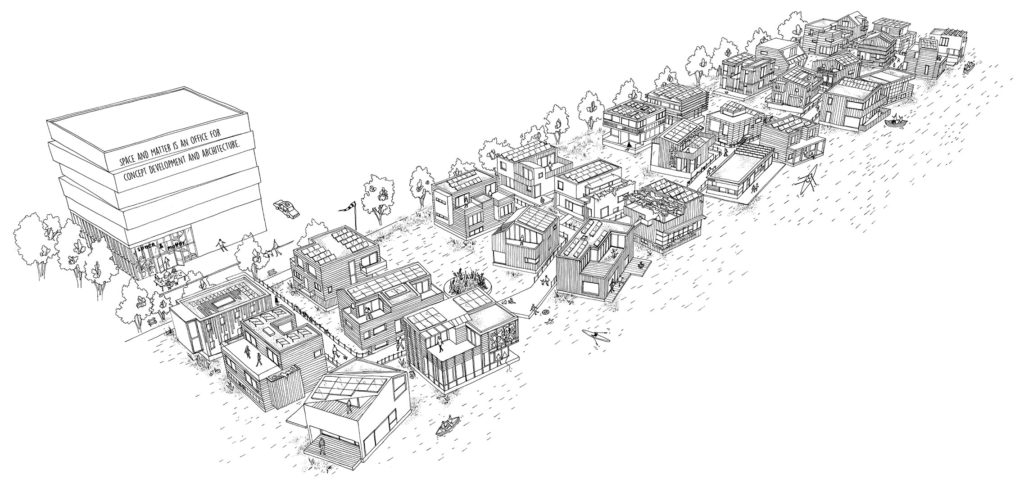
The new floating zone has revitalized a disused canal in the city and aims to create the most sustainable floating community in Europe, in fact Schoonschip is self-sufficient from an energy point of view, fully exploits environmental energy and water for all functions, recycles nutrients and minimizes waste.
The houses are connected to each other through a pier, which allows the social meeting of the community, while below the surface, the same becomes a functional and sustainable connector that carries all the lines of energy, waste and water connected to each home.
Each family could choose their favorite architect and customize their home from the point of view of architecture and interior design, while always maintaining an intertwining with the other structures in order to create a unified experience.
Living in a self-sufficient floating community is probably the dream of many and for some it has become a reality today.




